14 Reasons Why Dogs Snap And How To Control It

Dogs communicate in several ways, and sometimes their snaps can be misinterpreted as aggression. Understanding the reasons behind such behavior can help dog owners address the root causes and ensure a safe environment for both pets and humans.
This list goes through reasons why dogs might snap and offers insights on how to manage these situations effectively.
1. Pain Or Illness

When dogs are in pain or suffering from an illness, their behavior can change dramatically. They might resort to snapping as a means to express their discomfort. Often, this is a protective instinct, aimed at preventing further pain. For instance, a dog with a sore paw may snap if someone tries to touch it.
It’s crucial for owners to recognize the signs of discomfort in their pets. Observing changes in behavior, eating patterns, or mobility can provide clues. Consulting with a veterinarian can help diagnose any underlying issues. Addressing these health problems promptly ensures the well-being of the dog and reduces the likelihood of snapping.
Owners should always approach a potentially sick or injured dog with caution. Using gentle, soothing tones and avoiding sudden movements can prevent unnecessary aggression. Knowing when to seek professional help is vital for both the dog’s and the owner’s safety.
2. Fear
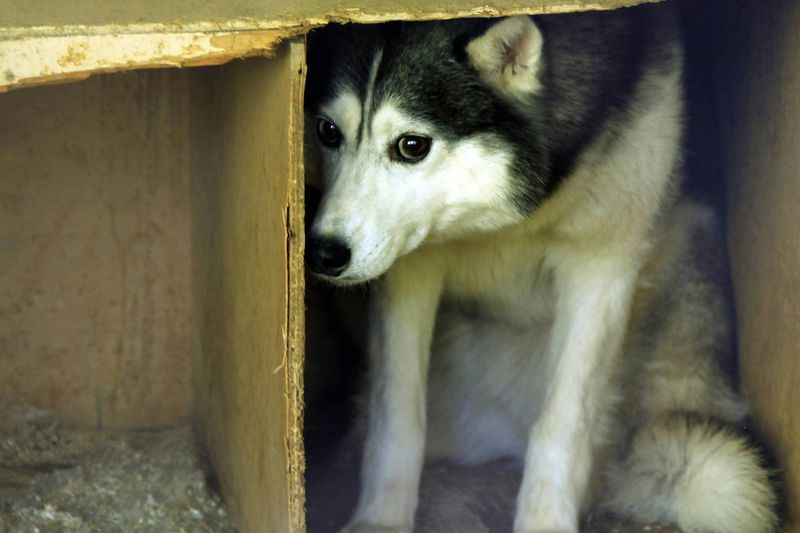
Fear is a significant trigger for snapping in dogs. When faced with a frightening situation, a dog’s instinct may drive it to defend itself. Common fear triggers include loud noises, unfamiliar people, or sudden movements. Some dogs, particularly those with past traumatic experiences, are more prone to fearful snapping.
To manage this, it’s important to identify and minimize fear-inducing situations for your pet. Gradual desensitization can help dogs build confidence over time. For instance, if a dog is afraid of thunder, playing recordings of storms at a low volume can help it acclimate.
Creating a safe space where the dog can retreat during stressful times is also beneficial. Owners should focus on providing comfort and reassurance, avoiding actions that might exacerbate the fear. Professional trainers can provide valuable support in modifying fear-based behaviors.
3. Resource Guarding

Resource guarding is a natural behavior where dogs protect valuable items such as food, toys, or even people. This can lead to snapping if the dog perceives a threat to its possessions. It’s an evolutionary trait aimed at ensuring survival by defending essential resources.
Understanding this behavior is key. Training methods like positive reinforcement can help modify the dog’s perception of threats to its resources. Teaching commands like “leave it” or “drop it” can also reduce guarding tendencies.
Owners should avoid taking items directly from a guarding dog. Instead, they might offer something of higher value in exchange, helping the dog learn that relinquishing items can be rewarding. Consistency and patience are crucial in addressing resource guarding, ensuring a balanced relationship between the dog and its owner.
4. Lack Of Socialization

Proper socialization in early life stages is crucial for preventing snapping behavior. Dogs that lack exposure to various environments, people, and other animals may react fearfully or aggressively to new situations. This lack of social experience can manifest as snapping out of uncertainty or fear.
To remedy this, owners should gradually introduce their dogs to different settings and controlled social interactions. Puppy classes and supervised playdates can foster positive experiences.
Building a dog’s confidence through socialization requires time and patience. It’s essential to set a pace that matches the dog’s comfort level, ensuring each interaction is positive. Owners should reward calm and relaxed behavior, reinforcing the dog’s ability to cope with new experiences. Consistent socialization can significantly reduce snapping incidents over time.
5. Overstimulation
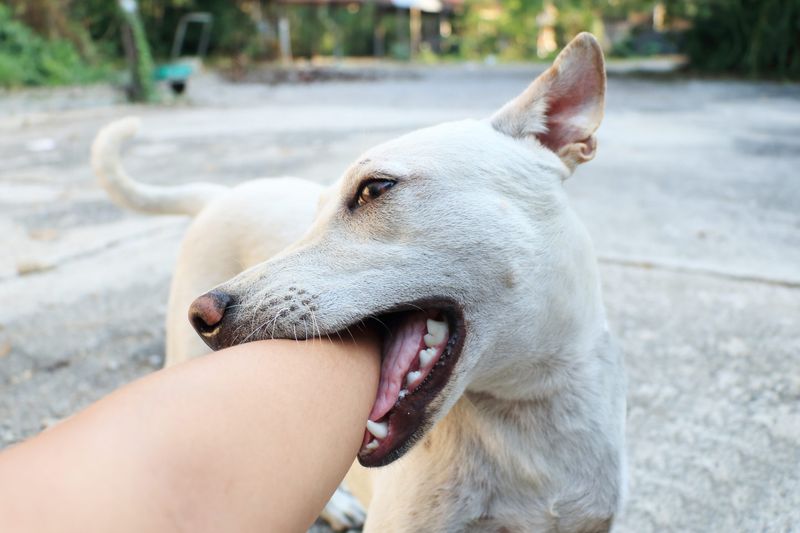
Overstimulation occurs when a dog is exposed to too much activity or excitement, leading to stress and potential snapping. This can happen during playtime, in crowded places, or when routines are disrupted. Dogs have different thresholds for stimulation, and recognizing these limits is vital for maintaining balance.
Owners should monitor their dog’s body language for signs of stress, such as panting, restlessness, or avoidance behaviors. Providing breaks during play and reducing exposure to high-stimulus environments can help manage overstimulation.
Incorporating calming activities, like gentle walks or quiet time, into the dog’s routine can prevent overstimulation. Structured play sessions with clear boundaries can also teach the dog to self-regulate excitement levels, minimizing snapping incidents. Patience and attentiveness are key to understanding and managing a dog’s unique needs.
6. Protective Instincts
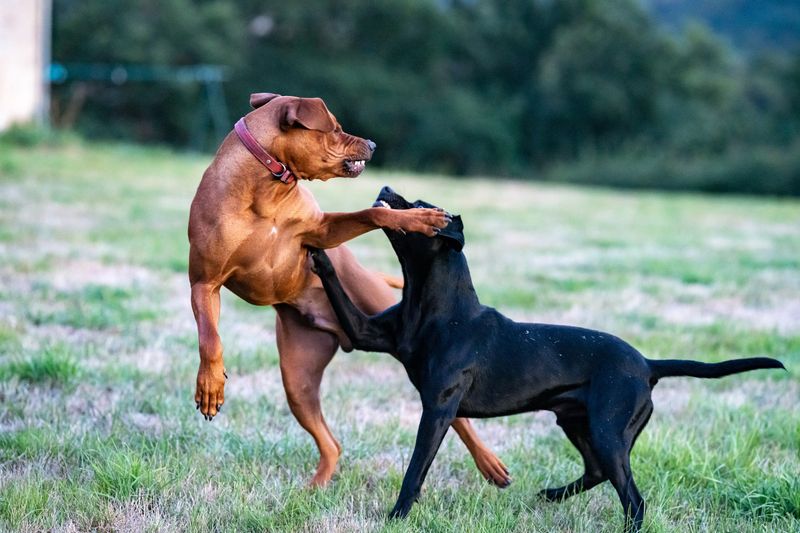
Dogs are naturally protective of their owners and territory. This instinct can sometimes lead to snapping if the dog perceives a threat. For instance, a dog might become protective when strangers approach its family or home.
It’s important for owners to understand their dog’s protective cues, such as body posture and vocalizations. Training can help manage protective instincts. Commands like “sit” or “stay” can be useful in controlling the dog’s response in potentially volatile situations.
Socializing the dog with various people in controlled settings can reduce unnecessary protective snapping. Reinforcing desired behaviors with rewards can help the dog differentiate between real threats and non-threatening situations. Building trust through consistent and positive experiences is essential for managing protective behaviors effectively.
7. Anxiety

Anxiety in dogs can manifest through various behaviors, including snapping. Triggers might include separation, unfamiliar environments, or changes in routine. An anxious dog may snap out of distress or fear of the unknown.
Addressing anxiety requires identifying its root causes. Behavioral training techniques, such as counter-conditioning, can help a dog build positive associations with anxiety-inducing situations. Consistent routines and gradual exposure to new environments can also provide comfort.
In some cases, consulting a veterinarian for anxiety management options, including medication or supplements, may be beneficial. Owners should focus on providing a calm and stable environment, offering reassurance through voice and touch. Reducing anxiety can significantly lower the risk of snapping in dogs.
8. Frustration
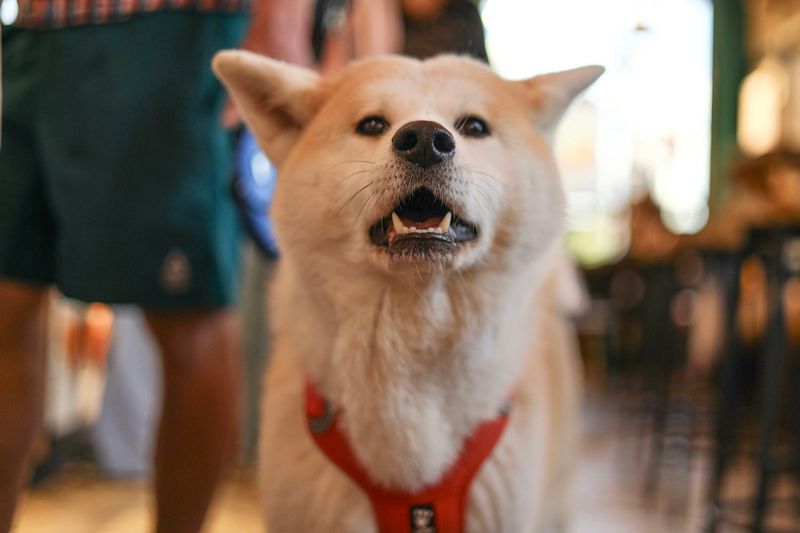
Frustration can lead to snapping in dogs when they are unable to achieve a desired outcome. This might occur during play when restrained by a leash, or when separated from an enticing object or animal. Such situations can trigger a reaction as the dog attempts to express its unmet needs.
To manage frustration, it’s important to teach impulse control through training exercises. Commands such as “wait” or “stay” can help the dog develop patience and self-control. Interactive toys and games that challenge the dog’s problem-solving skills can also reduce frustration.
Owners should aim to understand what triggers their dog’s frustration and work on minimizing these scenarios. Providing mental and physical stimulation through diverse activities can help channel the dog’s energy positively, reducing the likelihood of snapping due to frustration.
9. Lack Of Training
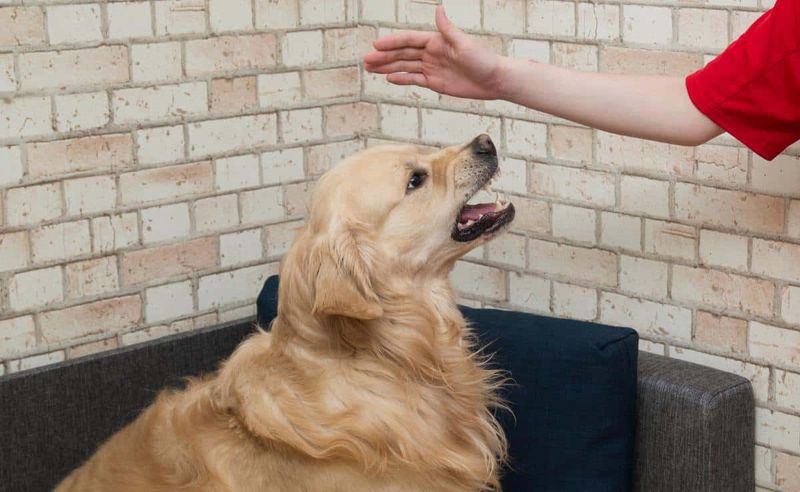
A lack of proper training can lead to unwanted behaviors, including snapping. Dogs without clear boundaries or understanding of acceptable behavior may act out when confronted with unfamiliar situations. Training provides dogs with a framework for responding appropriately to various stimuli.
Establishing consistent rules and boundaries is essential for effective training. Positive reinforcement methods, where desired behaviors are rewarded, encourage learning and cooperation. Regular practice of commands like “sit,” “stay,” and “come” can instill discipline and reduce behavioral issues.
Owners should commit to ongoing training, adapting techniques as the dog grows and its needs change. Engaging with professional trainers can provide valuable insights and strategies. A well-trained dog is less likely to snap and more likely to lead a harmonious life with its human companions.
10. Boredom

Boredom in dogs can manifest as snapping due to pent-up energy and lack of mental stimulation. Dogs are active creatures requiring regular engagement to satisfy their instincts. Without adequate activity, they may resort to snapping as a release mechanism.
Providing a variety of toys and activities can alleviate boredom. Puzzle feeders, interactive play, and regular exercise sessions can keep a dog entertained and mentally stimulated. Rotating toys and introducing new challenges can maintain interest.
Owners should focus on understanding their dog’s play preferences, providing activities that cater to its interests. Consistent engagement ensures a balanced energy level, reducing the likelihood of boredom-induced snapping. Incorporating structured play into the daily routine can lead to a happier, more content dog.
11. Territorial Behavior

Territorial behavior can lead to snapping when dogs feel the need to defend their space from perceived intruders. This instinct is deeply rooted in their nature as protectors of their home and family. A dog might snap at strangers approaching its territory.
Understanding and managing territorial behavior involves setting boundaries and providing structured training. Commands that establish control, like “quiet” or “leave it,” can help manage aggressive responses. Socialization with people and other animals can reduce territorial instincts.
Creating a secure environment where the dog feels safe is essential. Providing spaces where the dog can retreat without feeling threatened can minimize territorial snapping. Consistent training and positive reinforcement can help a dog differentiate between threats and benign situations.
12. Unfamiliar Situations
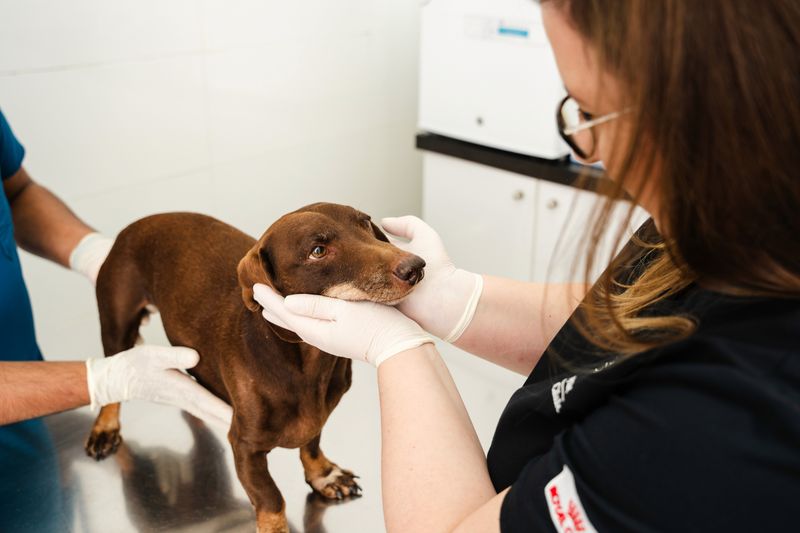
Unfamiliar situations can cause stress and result in snapping as dogs struggle to adapt. New environments, objects, or people can trigger defensive behaviors. Dogs rely on familiarity and routine, and sudden changes can provoke anxiety.
To ease a dog’s transition into new situations, gradual exposure and positive reinforcement are key. Allowing the dog to explore at its own pace and rewarding calm behavior can help build confidence.
Owners should provide reassurance through presence and gentle encouragement. Maintaining elements of the dog’s routine, like regular feeding times or familiar toys, can provide comfort. Familiarity breeds confidence, reducing the likelihood of snapping when faced with the unknown.
13. Jealousy

Jealousy in dogs can trigger snapping when they feel their bond with their owner is threatened. Introducing new pets or changes in attention can lead to competitive behavior. A dog might snap out of a desire to reclaim attention or resources.
To manage jealousy, owners should ensure that each pet receives individual attention and care. Engaging in activities that strengthen the bond with the dog can alleviate feelings of insecurity.
Introducing new pets gradually and under supervision can help ease tensions. Consistent routines and fairness in distributing affection and resources can prevent jealousy-induced behaviors. Reinforcing positive interactions among pets fosters harmony and reduces competitive snapping.
14. Past Trauma
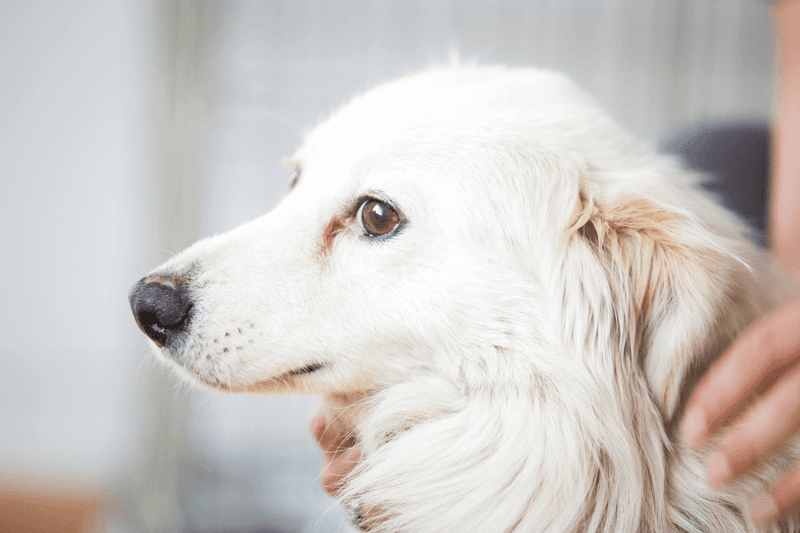
Past trauma can leave lasting scars on a dog’s psyche, leading to snapping as a defensive mechanism. Dogs with histories of abuse or neglect may react aggressively to certain triggers, even if unintentional.
Understanding a rescued dog’s past and providing a stable, loving environment is key to healing. Patience and gentle reinforcement are crucial in building trust and reducing fear-based snapping.
Professional guidance, such as working with a behaviorist, can provide strategies for addressing trauma-related behaviors. Creating a safe space where the dog feels secure and unthreatened is vital. Over time, consistent care and understanding can transform a traumatized dog’s behavior, allowing it to thrive in a supportive environment.






